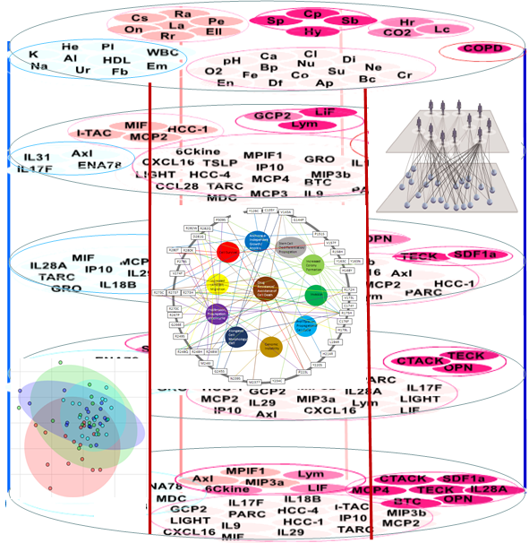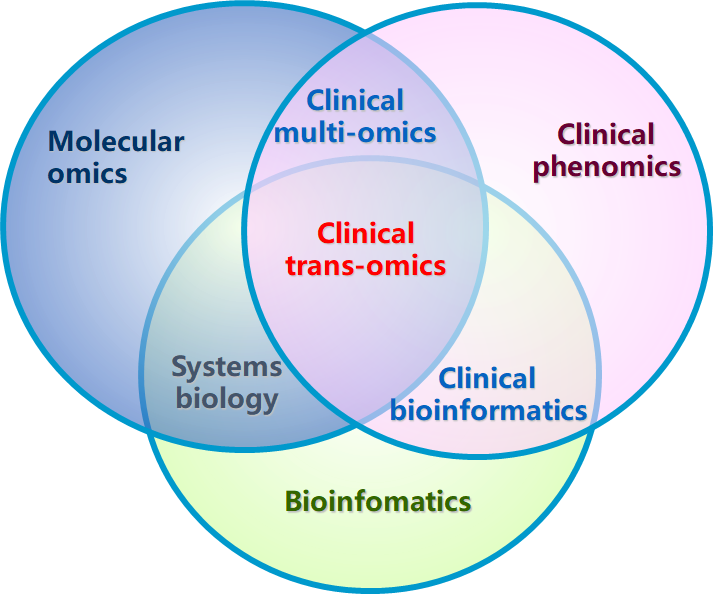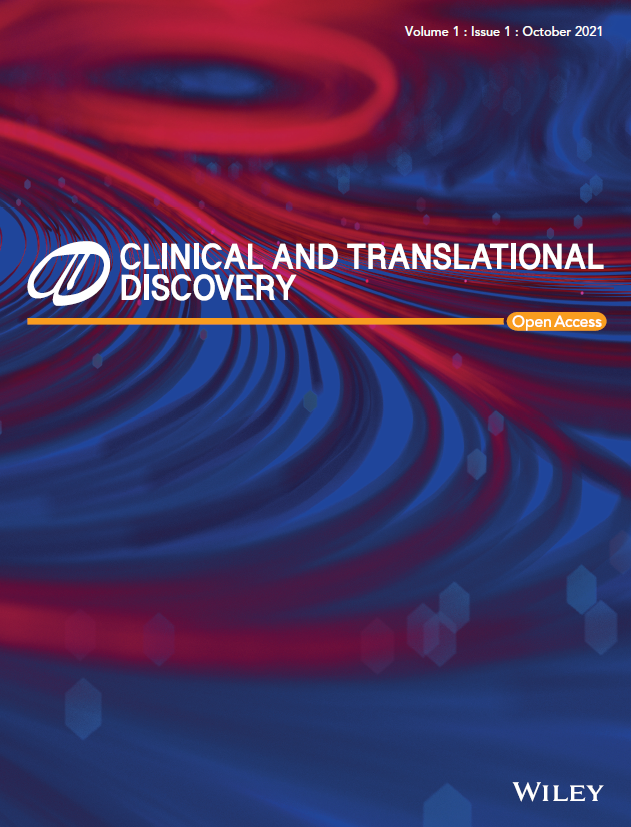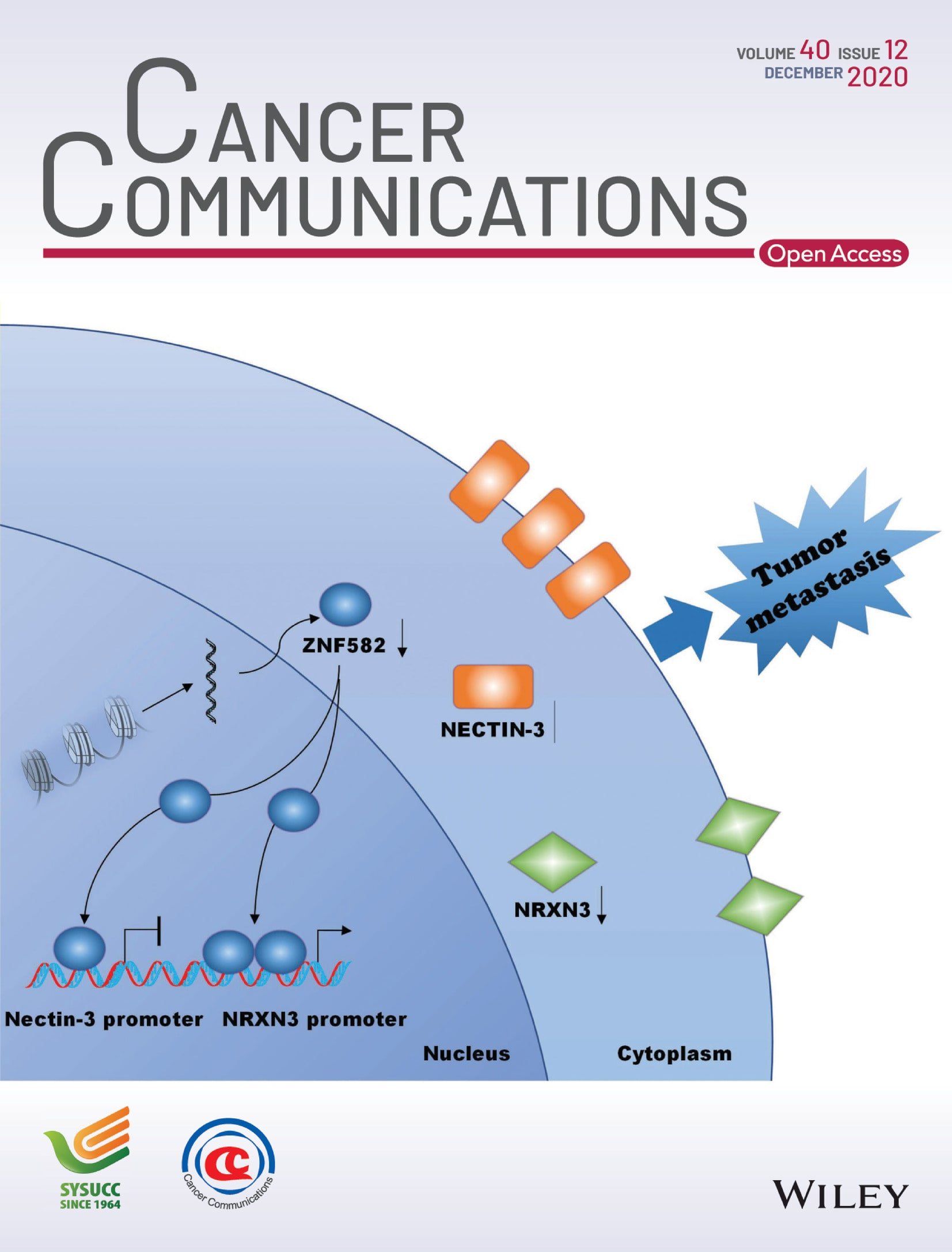Journal list menu
Export Citations
Download PDFs
Table of Contents
Single-cell RNA sequencing technologies and applications: A brief overview
- First Published: 29 March 2022
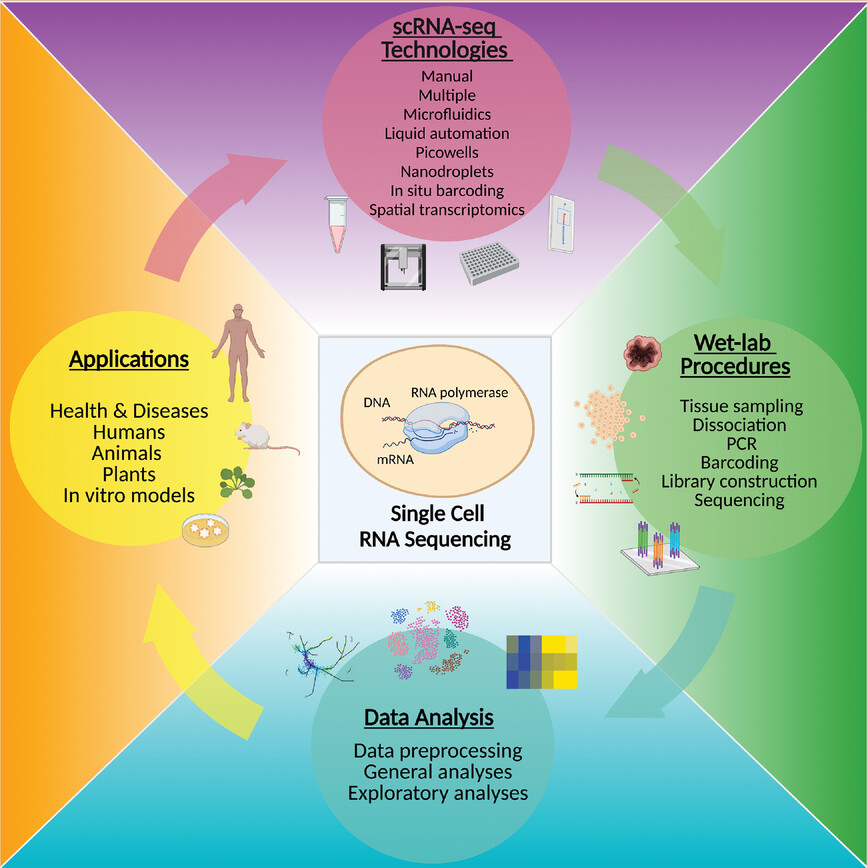
- This review provides a concise summary of the single-cell RNA sequencing technologies.
- Overview and guidelines for planning experimental procedures are presented.
- Bioinformatics tools for scRNA-seq data analysis are thoroughly discussed.
- Applications and further development of scRNA-seq technology are highlighted.
Spatial omics: Navigating to the golden era of cancer research
- First Published: 18 January 2022
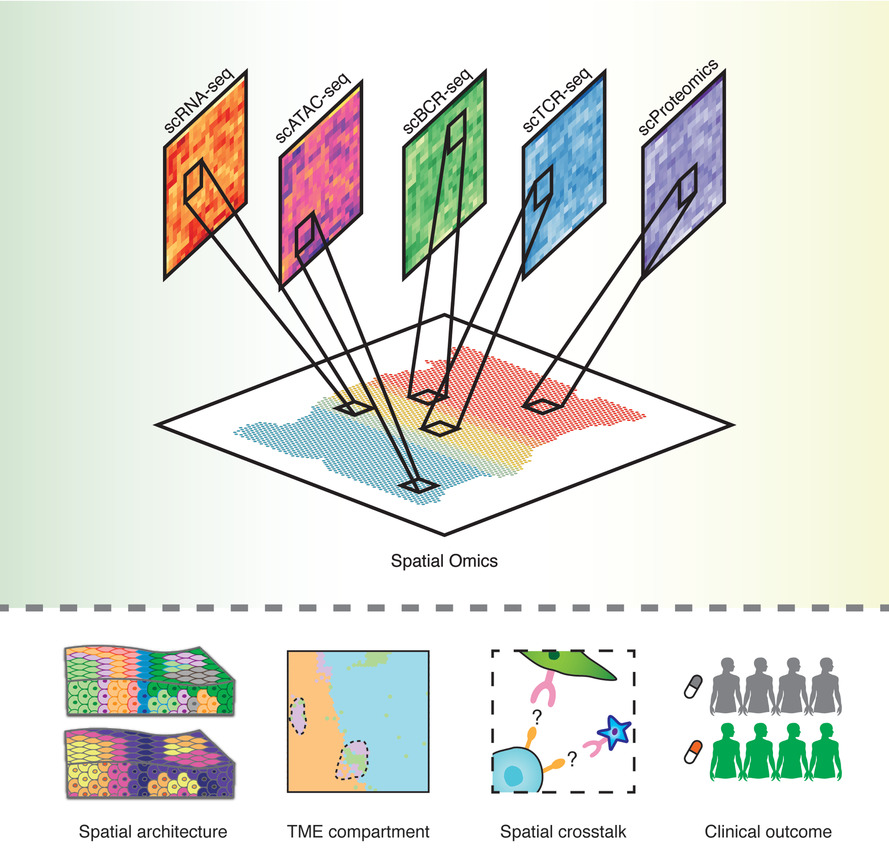
-
Spatial omics is transforming our understanding of the cancer ecosystem at the systemic level.
-
The integration of spatial omics and single-cell omics can fundamentally improve our understanding of tumourigenesis and cancer microenvironment.
-
Generating the spatial atlas of human cancers across multiple omics and timescales will potentially pioneer the revolution of spatiotemporal molecular medicine.
Revealing the transcriptional heterogeneity of organ-specific metastasis in human gastric cancer using single-cell RNA Sequencing
- First Published: 20 February 2022
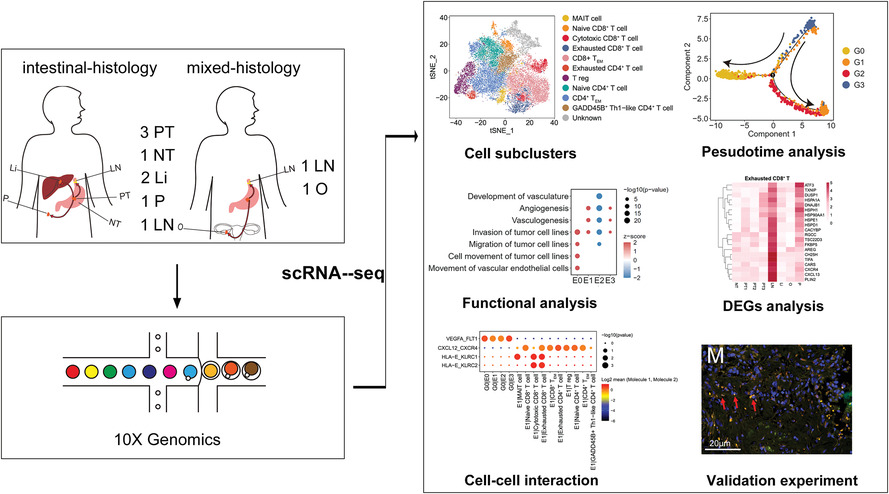
1) Single-cell RNA-seq of organ-specific metastasis (liver, peritoneum, ovary, lymph node) in GC was conducted.
2) Single-cell analysis determined phenotypes and functions of four malignant epithelial subtypes in GC.
3) A 20-gene signature of lymph node-derived exhausted CD8+ T cells might forecast lymph node metastasis, and targeting HLA-E-KLRC1/KLRC2 signaling severs as a novel clinical therapeutic opportunity for GC.
Real-world evidence for preventive effects of statins on cancer incidence: A trans-Atlantic analysis
- First Published: 20 February 2022
The brain-penetrant ATM inhibitor, AZD1390, promotes axon regeneration and functional recovery in preclinical models of spinal cord injury
- First Published: 12 July 2022
Zinc and vitamin C intake increases spike and neutralising antibody production following SARS-CoV-2 infection
- First Published: 20 February 2022
Multi-omic landscaping of human midbrains identifies disease-relevant molecular targets and pathways in advanced-stage Parkinson's disease
- First Published: 28 January 2022
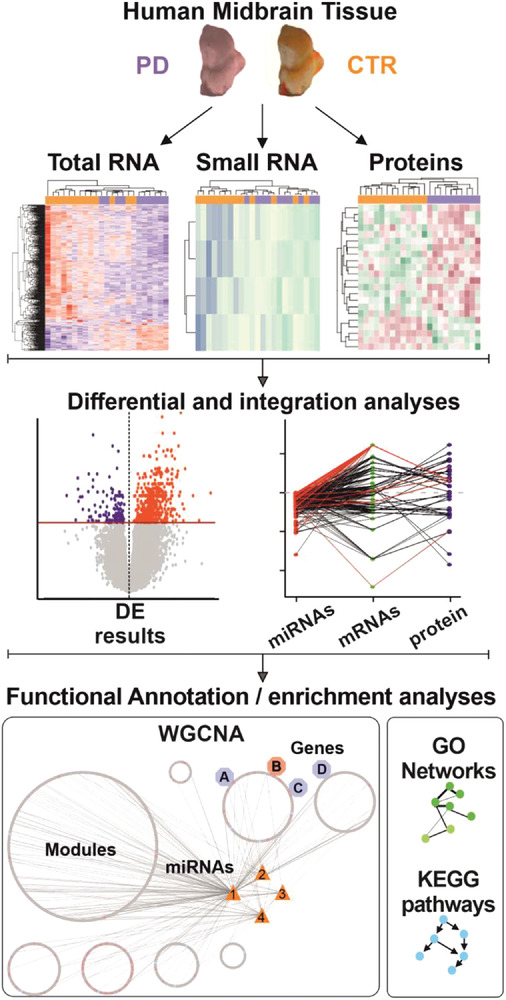
Midbrain samples of Parkinson's disease (PD) and control (CTR) patients were subjected to a multi-omic analysis. The expression of miRNAs, transcripts and proteins was explored, followed by data integration and functional analyses. This comprehensive assessment of PD-affected and CTR human midbrains revealed multiple molecular targets and networks that are relevant to the disease mechanism of advanced PD.
The N6-methyladenosine modification enhances ferroptosis resistance through inhibiting SLC7A11 mRNA deadenylation in hepatoblastoma
- First Published: 06 May 2022
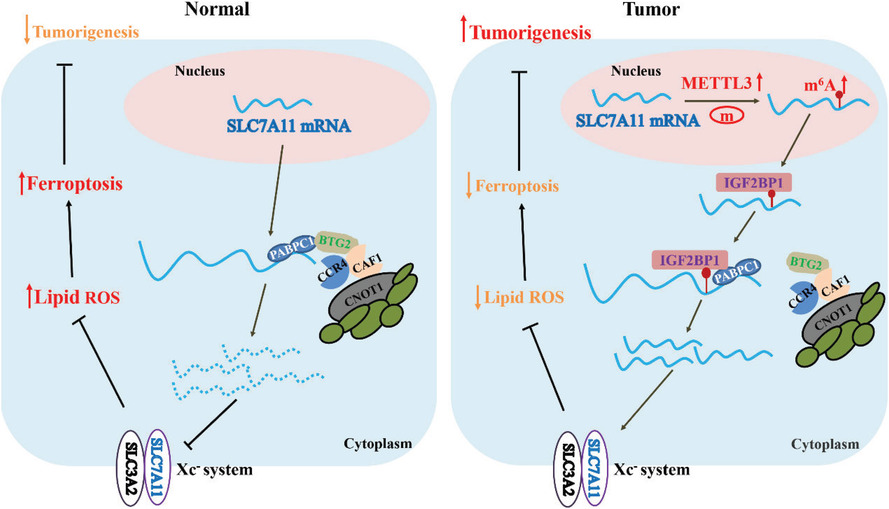
- Upregulation of SLC7A11 promotes hepatoblastoma tumorigenesis by enhancing ferroptosis resistance.
- METTL3/IGF2BP1/m6A modification enhances the SLC7A11 mRNA stability and expression via inhibiting the deadenylation in an m6A-dependent manner.
- The competitive binding of IGF2BP1 blocks PABPC1 from recruiting the BTG2/CCR4-NOT complex, thereby suppressing the deadenylation of SLC7A11 mRNA.
Molecular mechanisms governing circulating immune cell heterogeneity across different species revealed by single-cell sequencing
- First Published: 29 January 2022
Vaccine-breakthrough infection by the SARS-CoV-2 omicron variant elicits broadly cross-reactive immune responses
- First Published: 26 January 2022




2001-1326.top-downloaded-2022.cover.gif)






